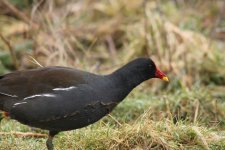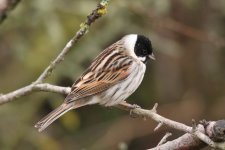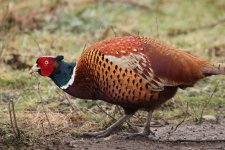SAILING POOL
2 Tufted Duck (pair), 14 Mallard, 4 Coot, 5 GC Grebe, 4 Cormorant, 1 Grey Wagtail - hopefully Gert will post a picture or two later
FLASHES
13 Avocet, 2 Oystercatcher, 2 Curlew, 1 Greylag Goose, 4 Teal, 11 Coot, 6 Moorhen, 16 Mallard, Skylark singing and 2 Chiffchaff as per Dave J
MOORS POOL
2 Shelduck, 4 Gadwall (2 pairs), 4 Mute Swan, 7 Shoveler (5m,2f), 12 Cormorant, 28 Tufted Duck, 8 Pochard, 3 GC Grebe, 4 Little Grebe - 2 in Broadmeadow + 2 at north end, 3 Moorhen, 14 Teal, 2 Snipe, 20 Greylag Goose, only 17 Lapwing, 37 Coot, Water Rail on muddy track by east hide, good numbers of Redwing and Fieldfare in field behind east hide, 5 Lesser Redpoll and 2 Siskin in North Moors plantation. Dave J reported female Cettis Warbler near the east hide (and one along the causeway yesterday)
Today's Skylark plus 2 Rook that Gary had at the Flashes on the 10th take the month's list to 86.








